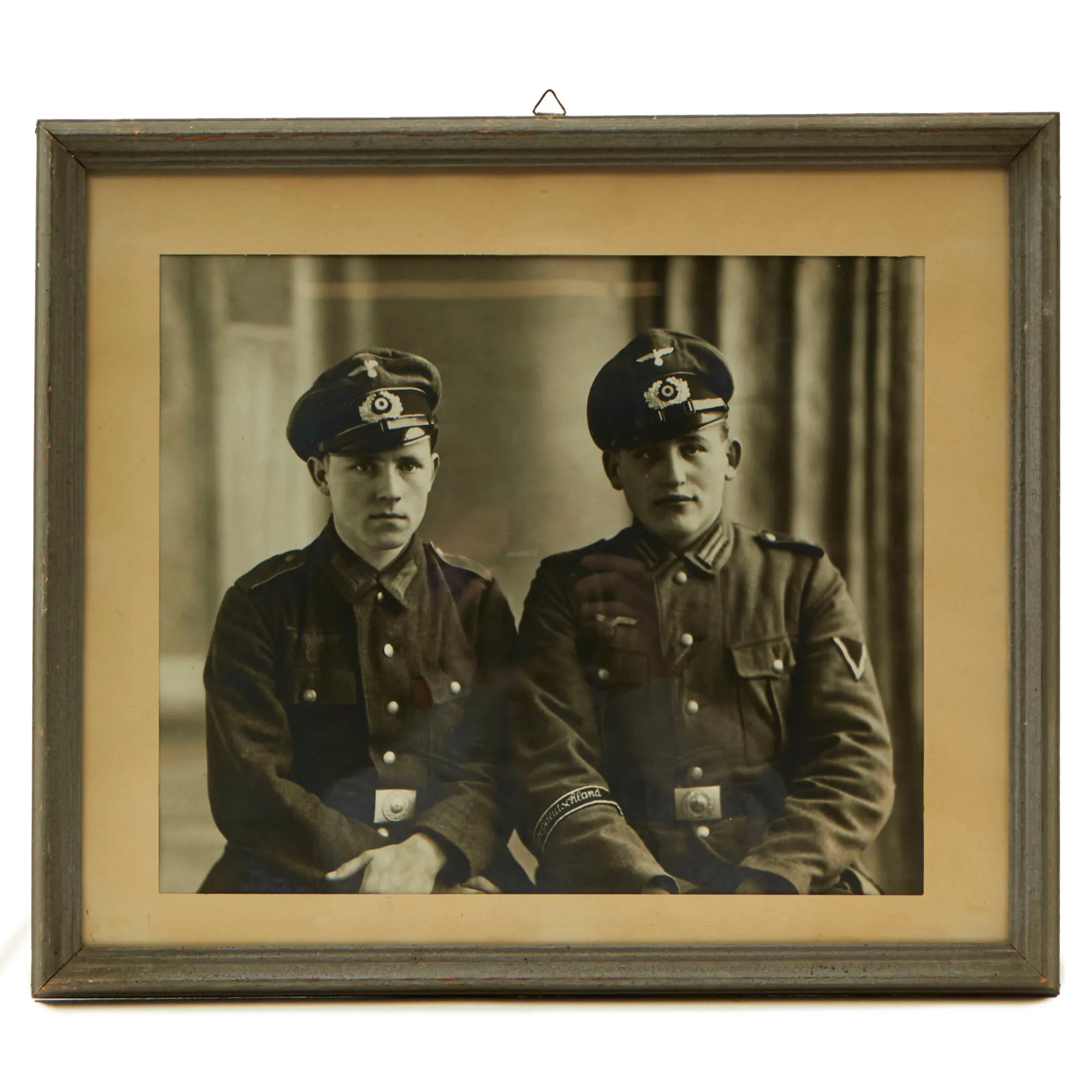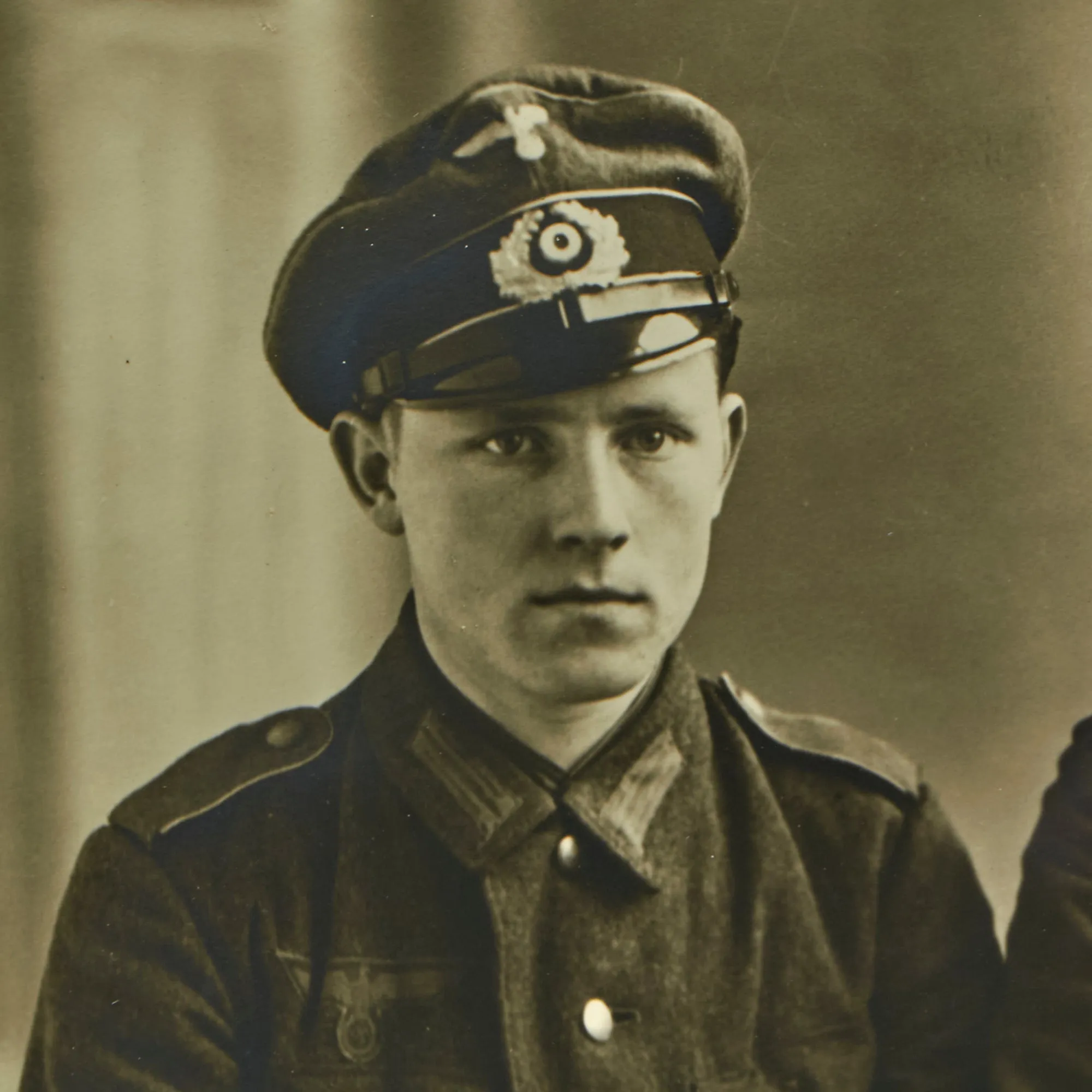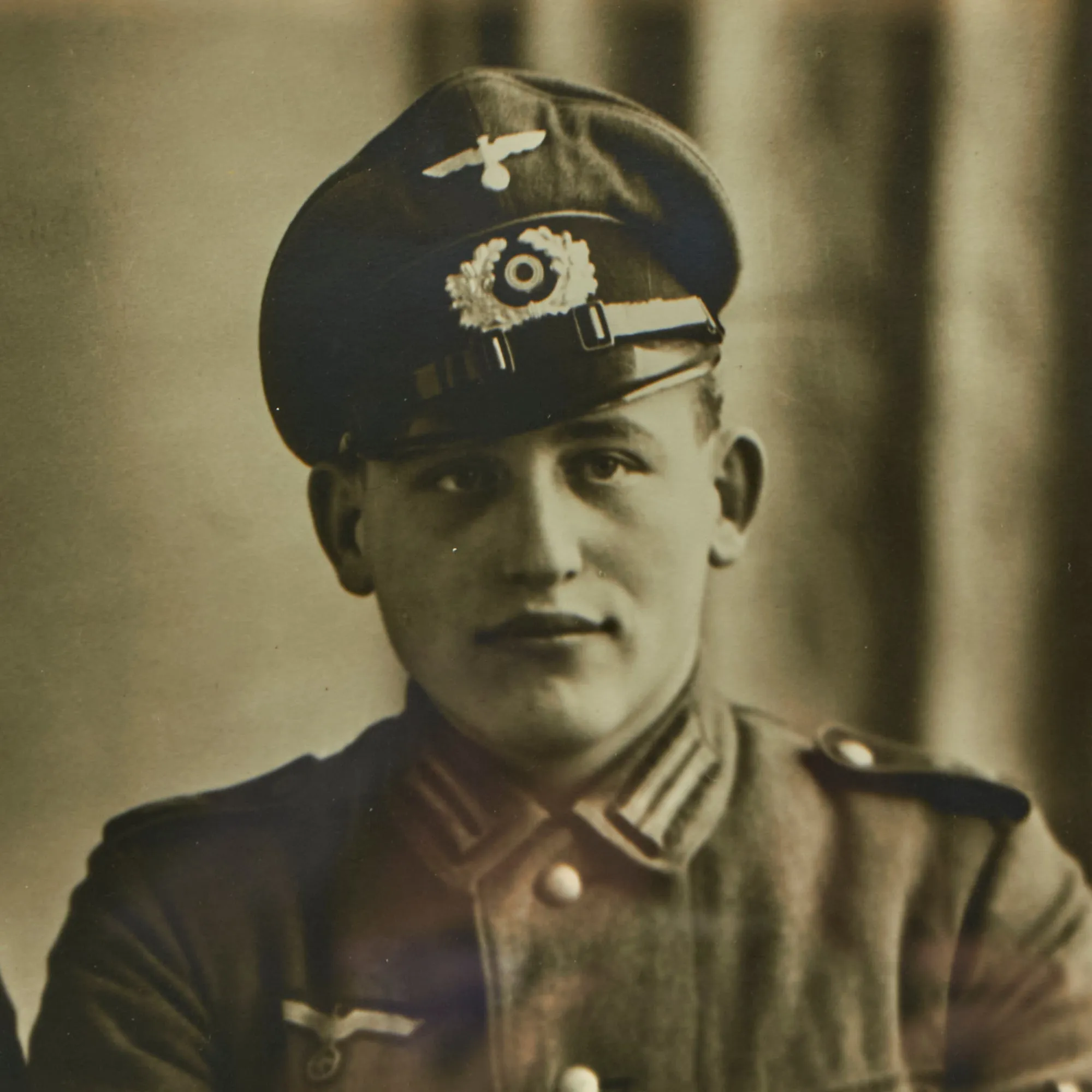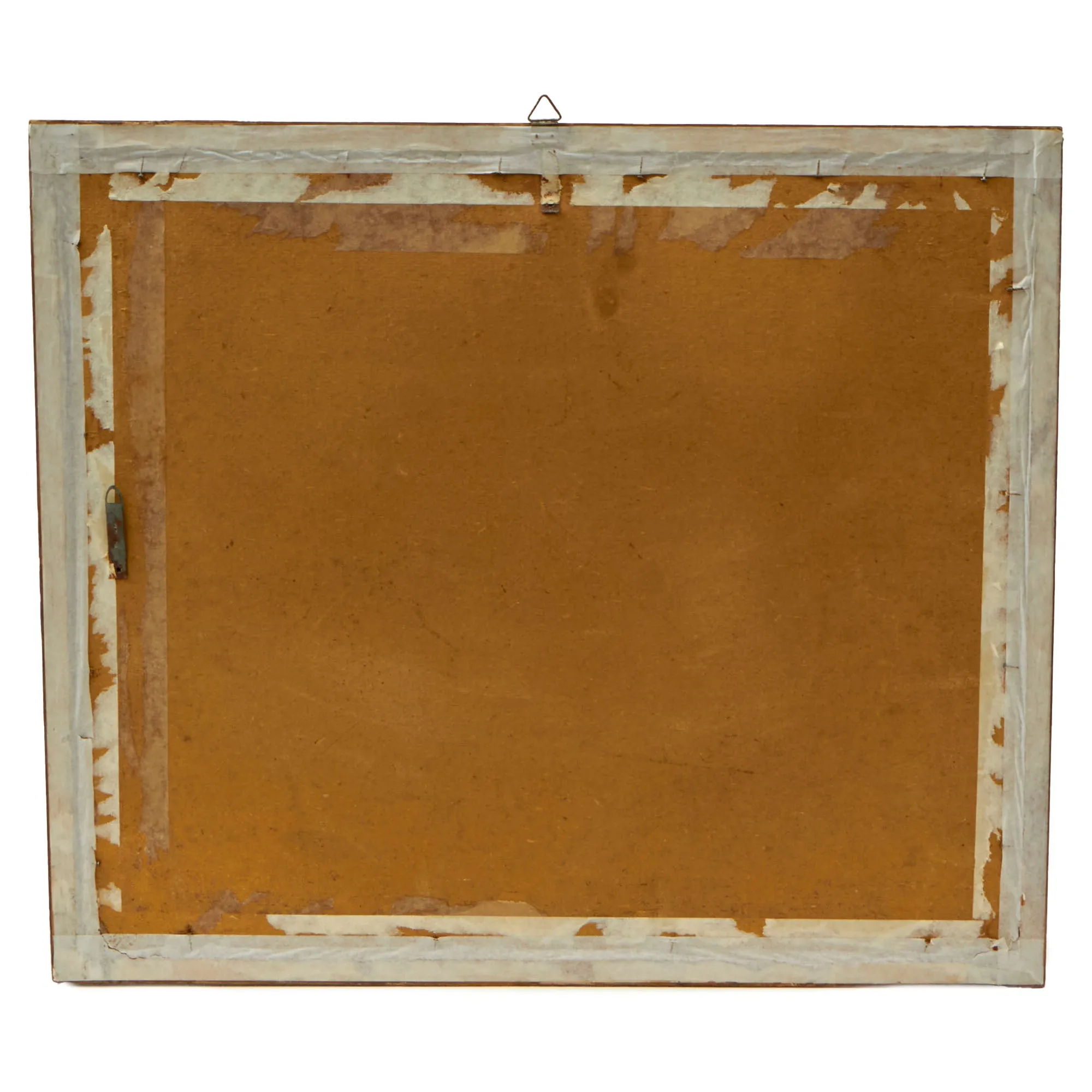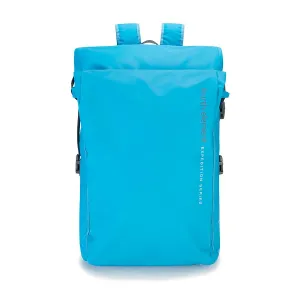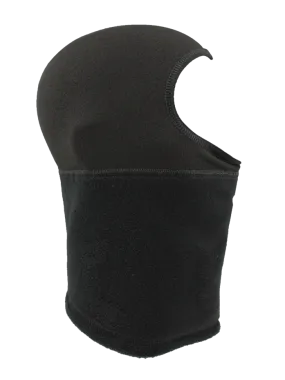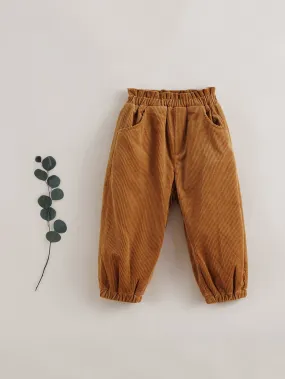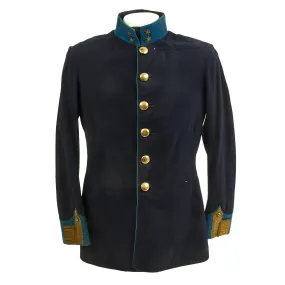Original Item: One of a Kind. The Panzergrenadier Division "Großdeutschland", also commonly referred to simply as “Großdeutschland” or “Großdeutschland Division”, was an elite combat unit of the German Army (Heer) that fought on the Eastern Front in World War II.
Originally formed in 1921 it was known as the Wachregiment Berlin and served as a ceremonial guard unit and by 1939 had grown into a regiment of the combined Wehrmacht German armed forces. The regiment would later be expanded and renamed “Infantry Division Großdeutschland” in 1942, and after significant reorganization was renamed Panzergrenadier Division Großdeutschland in May 1943. In November 1944, while the division retained its status as a panzergrenadier division, some of its subordinate units were expanded to divisional status, and the whole group of divisions were reorganized as Panzerkorps Großdeutschland.
This is a lovely period portrait photograph, measuring approximately 12 1/2"H x 10 1/2"H, which shows two enlisted men from the Großdeutschland Division in uniform. Both are wearing visor caps and their standard service uniforms. The soldier on the left looks to be a Soldat, the lowest enlisted rank, while the soldier on the right is a Gefreiter, and has the Großdeutschland cuff title on his uniform. The photo is matted and framed, measuring 16 3/4" x 14 1/2" overall.
A great piece of WWII militaria!
More History On The Großdeutschland Division
The Infantry Regiment Grossdeutschland was activated on 14 June 1939. The regiment saw action in France in 1940. It was attached to Panzer Group 2 in the opening phases of Barbarossa, and was nearly destroyed in the Battle of Moscow in late 1941. On the last day of February 1942, the remnants of the regiment absorbed two battalions of reinforcements that arrived from Neuruppin and the regiment was reconstituted. It later moved to Orel, and on 1 April 1942 the former Infantry Regiment Großdeutschland was reinforced and expanded into the Infanterie-Division Großdeutschland (mot.) (motorized Infantry Division Grossdeutschland) using newly arrived troops from Germany.
The division was assigned to XXXXVIII Panzer Corps during the opening phases of Fall Blau, the Wehrmacht's 1942 strategic summer offensive in southern Russia. During the combined Soviet winter offensives Operation Uranus and Operation Mars, the division fought near Rzhev, where it was rendered combat ineffective.
In January–February 1943, Großdeutschland and XXXXVIII Panzer Corps, along with the II SS Panzer Corps took part in the Third Battle of Kharkov. The division fought alongside the 1st SS Division Leibstandarte SS AH, 2nd SS Division Das Reich and 3rd SS Division Totenkopf during these battles. After the conquest of Kharkov, the Großdeutschland was again pulled back and refitted.
On 19 May 1943, with the addition of armoured personnel carriers and Tigers the division was redesignated Panzergrenadier Division Großdeutschland (Armored Infantry Division Grossdeutschland), though in reality it now had more armoured vehicles than most full-strength panzer divisions.
The newly re-equipped division was subordinated to the XXXXVIII Panzer Corps, part of Fourth Panzer Army, and took part in the Battle of Kursk. During the buildup period, a brigade of two battalions was equipped with the new Panther tanks, which were plagued by technical problems, suffering from engine fires and mechanical breakdowns before reaching the battlefield. By 7 July, the division had only 80 of its 300 tanks still fit for combat. After the Kursk offensive was cancelled, the division was transferred back to Army Group Center, and resumed its role as a mobile reserve. The Tiger I tank company was expanded to a battalion, becoming the III. Battalion of the Panzer Regiment. Großdeutschland saw heavy fighting around Karachev before being transferred back to XLVIII Panzer Corps in late August. For the rest of 1943, Großdeutschland retreated across Ukraine, and in 1944 into Romania, where it took part in the First Battle of Târgu Frumos.
In early August, the division was transferred to East Prussia from Army Group South Ukraine. Over the next months, Großdeutschland was involved in heavy fighting in both East Prussia, including a counter-attack on Wilkowischken and the Baltic States, suffering high casualties in both men and materiel. The division was nearly destroyed during the battles in the Memel bridgehead.
In November 1944, while the division and several attached units were redesignated as Panzerkorps Großdeutschland. By March 1945, the Panzer Grenadier Division Großdeutschland had been reduced to around 4,000 men after the Battle of Memel. By 25 April 1945, the division was engaged in heavy fighting in the battles around Pillau. Eight hundred men of the division were evacuated on ferries via the Baltic Sea and surrendered to British forces in Schleswig-Holstein on May 9. The rest were either killed or captured during the fighting in Pillau or surrendered to Soviet forces on May 9 on the Vistula spit.
Terms such as M40 and M43 were never designated by the Wehrmacht, but are names given to the different versions of the Model 1936 field tunic by modern collectors, to discern between variations, as the M36 was steadily simplified and tweaked due to production time problems and combat experience.
Field Tunic (Feldbluse) Model 1936
When the NSDAP came to power in early 1933 the Reichswehr, the armed forces of the Weimar Republic, were near the end of a two-year project to redesign the Army Feldbluse (field-blouse). Beginning in that year the new tunic was issued to the Reichsheer and then the rapidly growing Wehrmacht Heer, although minor design changes continued to be made until the appearance of the standardized Heeres Dienstanzug Modell 1936. The M36 tunic still retained the traditional Imperial and Reichswehr uniform color of grey-green "field gray" (feldgrau) wool, but incorporated four front patch pockets with scalloped flaps and pleats (on Reichswehr tunics the lower pockets were internal and angled). The front was closed with five buttons rather than the previous eight, and the collar and shoulder straps were of a dark bottle-green instead of the Reichswehr grey. Compared to the Weimar-era uniforms the skirt of the feldbluse was shorter and the tailoring was more form-fitting due to Germany's adoption of mechanized warfare: soldiers now spent much time in the confined space of a vehicle and a shorter jacket was less likely to pick up dirt from the seats. It also included an internal suspension system, whereby a soldier could hang an equipment belt on a series of hooks outside of the tunic. These hooks were connected to two straps inside the lining, which spread the weight of equipment without having to use external equipment suspenders. The M36 was produced and issued until the very end of the war, though successive patterns became predominant.
SS field uniforms were of similar appearance externally but to fit their larger patches had a wider, feldgrau collar, and the lower pockets were of an angled slash type similar to the black or grey SS service-dress. The second button of an SS Feldbluse was positioned somewhat lower, so that it could be worn open-collar with a necktie. Due to supply problems the SS were often issued army uniforms.




